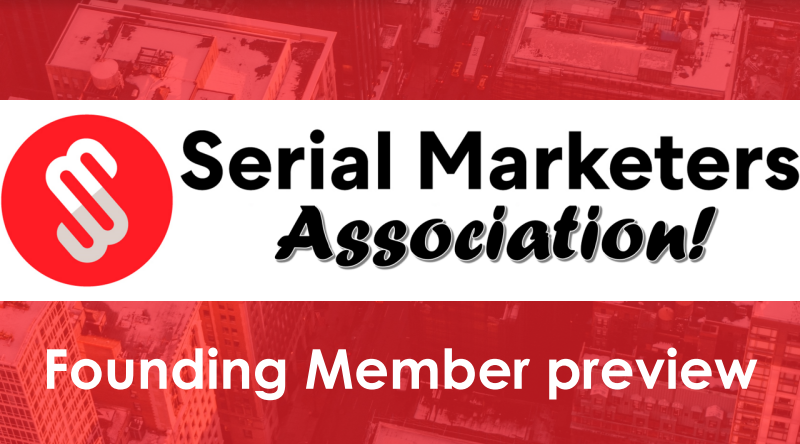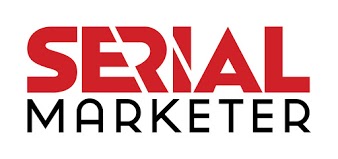Will the next iPhone have NFC? That will move NFC along to the final stage when it happens. (image source: Business Insider)
The 7 Social Stages of NFC
Originally published in MediaPost’s Social Media Insider; for more, read my post in Ad Age on why George Costanza would love Google Wallet
If near field communication (NFC) wasn’t already the most-buzzed-about technology of the year, the debut of Google Wallet made it more or less official. NFC is a way for devices (commonly mobile phones) with specially equipped electronic tags to communicate with payment terminals, kiosks, signage, or anything else with embedded readers; the device and the tag reader need to be within an inch or so of each other.
NFC is commonly discussed in terms of payment services, but the implications are far bigger. As you grapple with what NFC means for social media, you’ll likely experience seven stages. Here are the stages, what you can expect, and a preview of how NFC will emerge as one of the most important social technologies of this decade.
1) Ignorance
You don’t know what NFC is. You’ve never heard of it. If you’re reading this and remotely sentient, you’re past this stage, but know that most people in this world are in this pre-enlightened state.
2) Bewilderment
You’ve read something about NFC somewhere but you don’t know what it stands for or what it means.
3) Awareness
You know a few of the basics about this mobile technology. You think NFC stands for something like Near Field Communication, and possibly that it’s similar to RFID (radio frequency identification), even if you’re not sure how it’s all connected. You probably don’t get that NFC is based on RFID technology, but requiring the tag and scanner to be in such close proximity makes it far more secure.
4) Understanding
You have a pretty good sense of what NFC can do. You’ve probably seen some example of how it works, whether it’s Google Wallet, Dairy Queen’s program with Tetherball, or 7-Eleven’s partnership with First Data. Maybe you’ve even caught the report on Japanese social network Mixi using NFC to deliver “real check-ins” as proof not just that someone is at a location but is physically inside. Perhaps you saw all of them during a presentation at South by Southwest a couple months back (it’s embedded below).
5a) Enthusiasm
You know enough that you see the potential for what NFC can do. You get that it’s not just about speeding up the time at a check-out line or some way to make check-ins more reliable. It’s bigger than that. For instance, when tapping a phone at a payment terminal in a store to make a transaction, you’ll be able to instantly share an offer on Facebook, and the first friends to accept it get the best deal. Or you’ll get to earn more loyalty card reward points based on your Klout score or some other measure of your influence in social media. Meanwhile, social media can amplify NFC interactions at any real-world event, from local Meetups to massive sports events and concerts. There are also possibilities for using NFC to augment any kind of in-store and out-of-home marketing.
5b) Skepticism
While some people will initially gravitate toward enthusiasm, others will be skeptics, and some will experience both phases at once. The skeptics will note that there is only one mass market NFC device in the U.S. right now, the Google Nexus S, which is no iPhone in terms of reach. Sure, NFC phones are coming, but it will take years for them to have the collective scale that’s needed. Apple has yet to endorse it. It’s not clear if any consumers will care, or if they’ll use all these great applications that marketers have in mind. Meanwhile the fragmented market (including carriers, mobile operating systems, payment services, point of sale terminals, and others) will prevent NFC from rapidly gaining traction.
6) Trial
Whether it’s with the Nexus S or the hundredth NFC mobile handset to hit the market here, you’ll gain a new appreciation by actually using it. It happened with Facebook, YouTube, Twitter and others — they really clicked with firsthand experience, whether trying it out as a consumer or a marketer.
7) Ubiquity
At this point, your own opinion doesn’t matter. As NFC follows in the footsteps of technologies that have come before it, from SMS with hundreds of millions of users in the U.S .to Facebook with an audience reportedly approaching 700 million globally, marketers will have to master the changing media landscape. At this point, NFC technology will fully evolve from ignored to invisible, as it’s such a facet of daily life that consumers take it for granted. Have you ever tried using your laptop or PC monitor as a touchscreen, only to realize you’ve been on your iPad too long? That’s what will happen as people habitually wind up tapping payment terminals and outdoor signage even before everything is NFC-enabled.
Ubiquity won’t happen overnight, but the safe bet now is that it’s coming. Applying it in a way that consumers care about while furthering your marketing goals will be largely up to you.







People reacted to this story.
Show comments Hide commentsSpot on! Very nicely done. It will be interesting to see if Apple comes through sooner than later.
Thanks, Bruce – and yes, Apple's decisions will be a huge factor in determining how quickly this catches on.